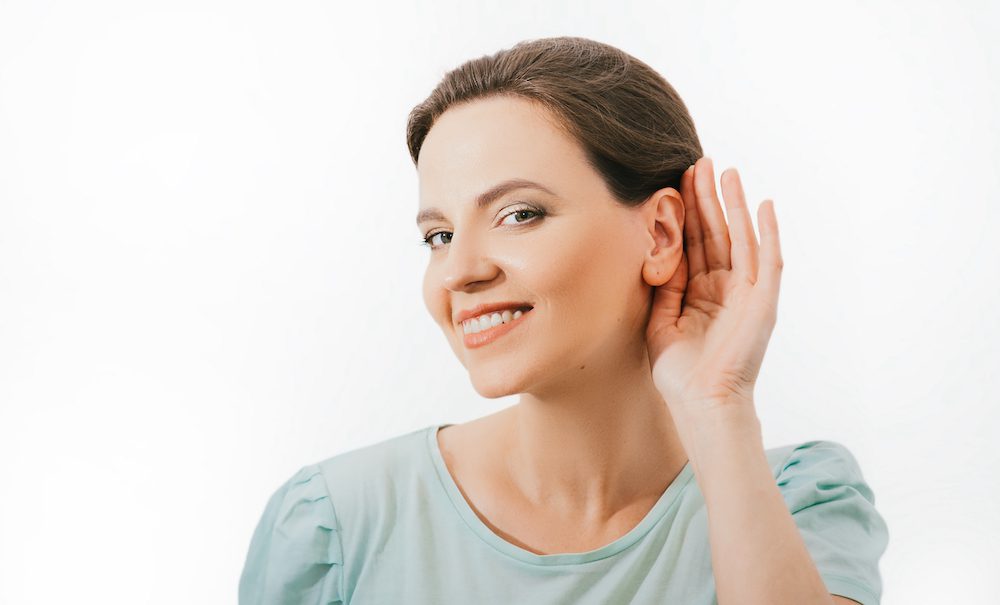Can Hearing Loss Be Reversed? Separating Fact from Fiction
Hearing loss is a common experience, but is it possible to reverse it?
Knowledge is power on the road to better hearing, which is why we provide helpful resources and support beyond your office visit. On the blog, you’ll find articles covering topics such as hearing aid maintenance, hearing loss management and more.

Hearing loss is a common experience, but is it possible to reverse it? When changes in your hearing become noticeable, it’s natural to have a lot of questions. One of the



Hearing loss is a common experience, but is it possible to reverse it?